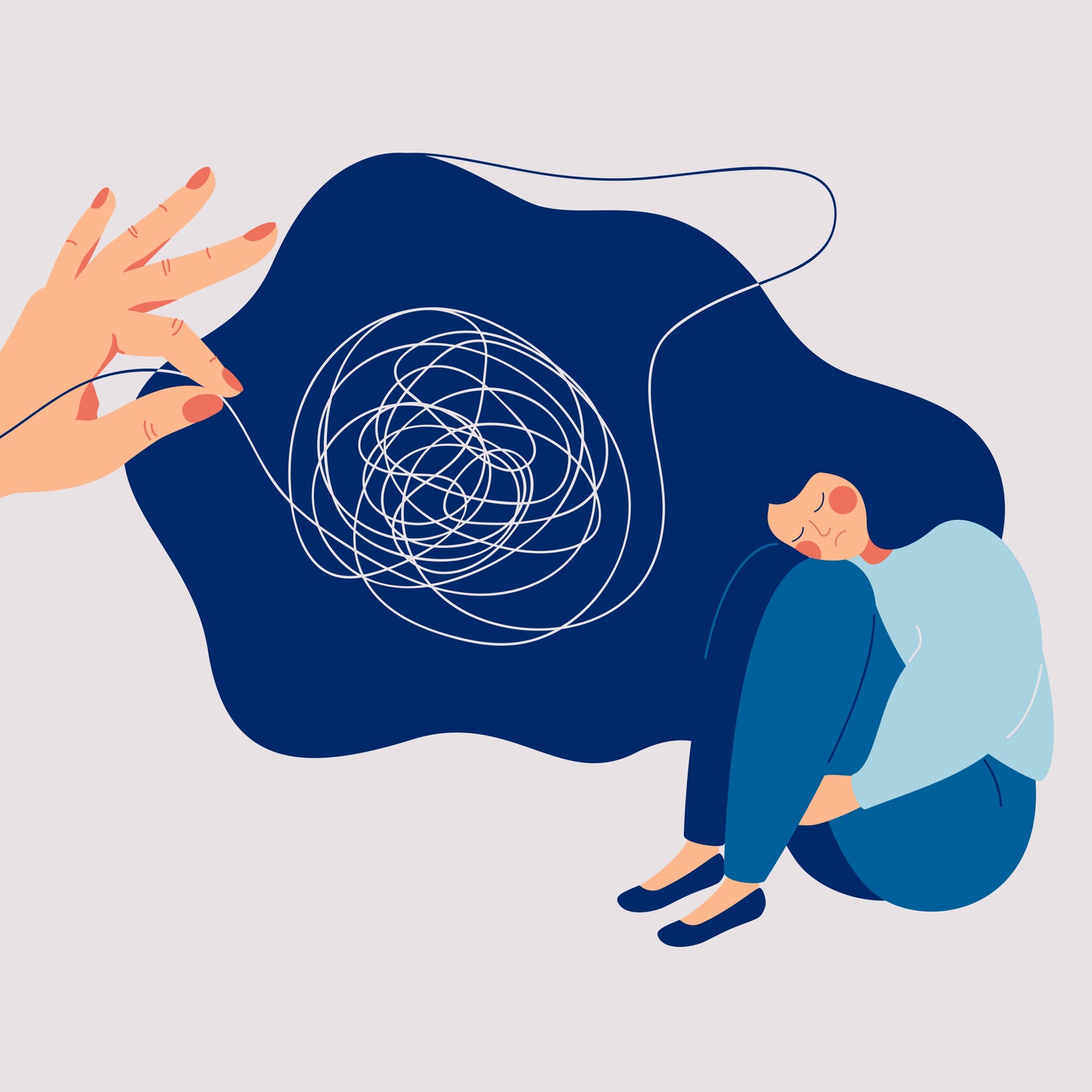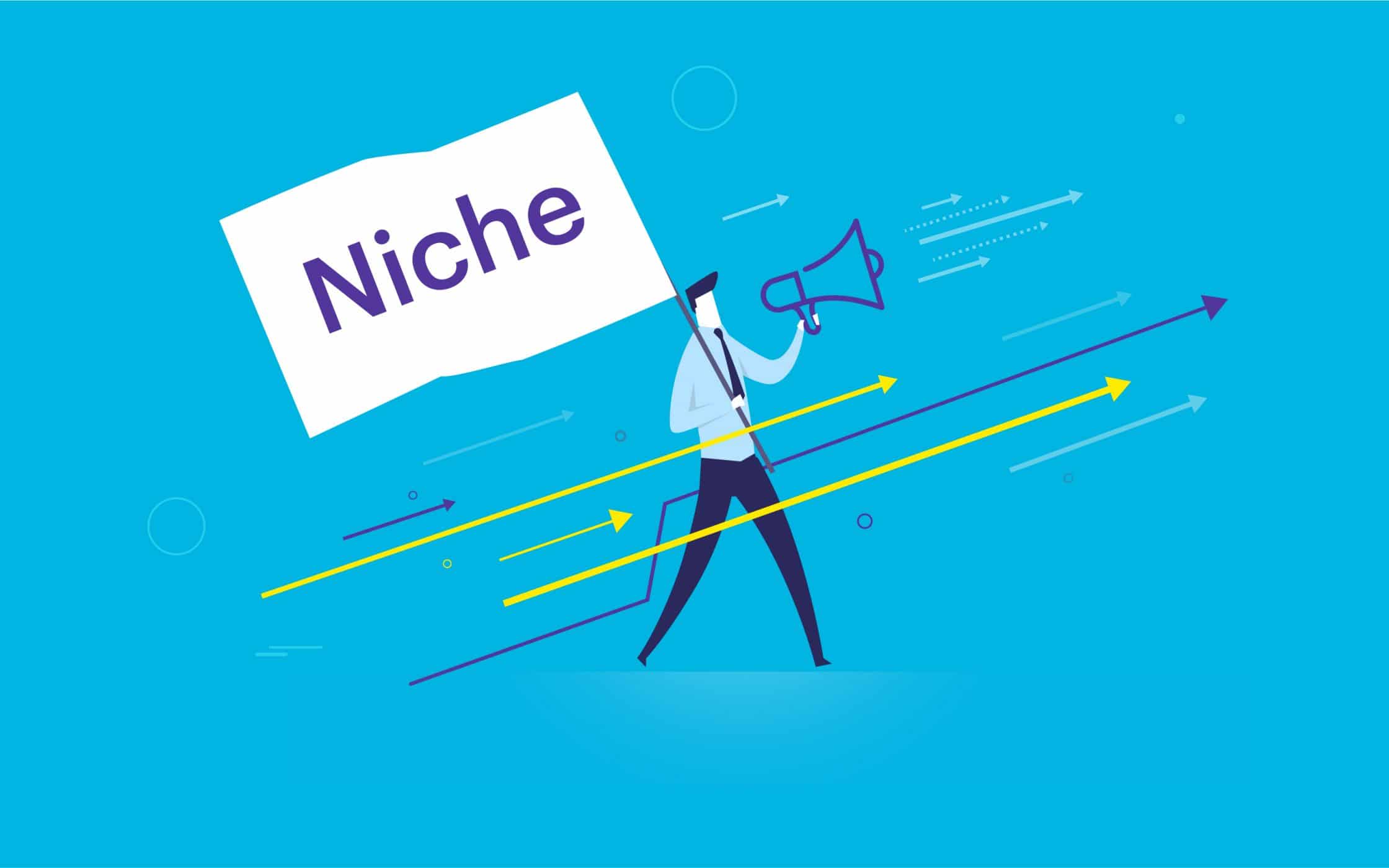
How to make money as an artist on Instagram and social media
No matter through which channel you showcase and sell your work, social media is the perfect tool for promotion and networking. Social media marketing can be a full-time job, but it’s worth the effort if you put in the time.
Instagram, Pinterest, Facebook, Twitter and YouTube are the most popular media for artists, but it’s up to you to find the most suitable for your goals.
Take some time to get used to it and see how things work before you start posting. Follow those who do it successfully to learn their secrets – some of them offer free webinars and ebooks.
Post only high-quality images and interesting content
Don’t connect your name or brand with low-quality images, videos and irrelevant posts just for the sake of being there. If you don’t add value, educate or entertain your audience, then you’re just wasting their, and your, time. Aim to have a cohesive look and feel to generate awareness.
Post often and consistently to build a following
One of the most important rules in social media marketing. It takes more than posting once a month to build a considerable following. Be in front of your followers’ eyes constantly, with gorgeous photos and compelling stories.
Generate traffic with paid ads
It’s extremely easy and affordable, even for a very low budget, to generate more traffic and boost your posts with paid ads on Facebook and Instagram.
Link to your website, portfolio or blog
Don’t rely solely on social media to showcase your art — you must have your own basis or e-shop. A self-hosted website or blog is really necessary, where you don’t depend on Facebook or Instagram changes on algorithms or even decay and disappearance (remember MySpace?).
Your goal is to attract potential clients through social media to visit your website or blog and learn more about you and your work, so always remember to include links to your website or blog. After all — that’s the purpose of posting!
Learn how to run a business as an artist
Learn the basics of running a business as an artist
The reason many creative people never master how to make money as an artist is because they spend thousands of hours, late nights, weekends honing their artistic talent. But they spend very little time learning about what it takes to actually make money as an artist.
But since you’re here reading our article on making money as an artist, I’ll guess that you already knew that. But did you also know that you can sharpen your business skills with sites like Udemy—where there are literally dozens of business classes (including the one below) for incredibly low prices.
For example, there’s this course for $49. And this course is only $19! And there are lots more. I mean, well worth it to get a better understanding of what it takes to make money as an artist.
Find your speciality
It’s very common for artists and creatives to have many skills and talents. You can be a passionate illustrator or painter who works as a graphic designer, or an architect who takes gorgeous photos.
You have more chances to successfully learn how to make money as an artist by selling something you’re really good at, or is much in demand.
For instance, you may find out that you can make more money teaching others the secrets of Adobe Illustrator rather than selling your own illustrations.
I’d never imagined that writing posts for my blog would bring 90% of my clients to my architectural studio!
You may have to start with what pays the bills (like copying paintings, or curating art), even if that isn’t your true passion and be open; sometimes unexpected opportunities show us the right path to making money as an artist.
Choose your niche or invent a new one
There are no limits on how to make money online nowadays, but 1 thing is necessary: you must find those who intend to buy what you offer. As a business owner, it’s important to make decisions based on what the market wants.
There are 2 options you can follow, each with its pros and cons, both requiring hard work and patience:
1. You sell something people are buying already.
You know in advance that what you’ll offer is in demand. The disadvantage of an already established market is a huge competition, which requires much harder work, exquisite quality and a lot of promotion.
2. You find a very specialized niche or you create something new and innovative.
In that case, you have to work harder in the beginning to attract clients, but if you finally make it, you’ll stand out easily since there won’t be much competition.
Offering something unique and innovative was my choice and haven’t regretted it. I had to work really hard, however, for almost 3 years before I started seeing results, but there’s still zero competition in the niche I “created”.
Develop your skills
Whether you’re just starting out or you already have a lot of experience in fine art, practicing and honing your skills constantly, exploring new techniques and testing new tools is of great significance.
Your talent is useless if you don’t work consistently, experimenting and developing your own style, while staying up to date with new trends and taking advantage of the latest apps, software and technology.
It’s also necessary to be productive and create a volume of work before you start selling.
Network for clients
Every person you meet can be a potential buyer or someone who can refer you to others. Art is an interesting subject and many people would be excited to discuss it with a painter, photographer or jewelry designer.
Grab the opportunity to talk about your work and make sure they’ll remember you, by handing them your business cards or sending them your portfolio’s URL.
If you think that paper cards are outdated you’re wrong, in fact, it’s a great way for artists to show a sample of their work.
Be imaginative and innovative, using postcards or photos for instance, instead of a classic business card. Using your creativity is one of the best ways on how to make money as an artist.
A successful tip I used to advertise my blog, was to print some simple, but well-designed bookmarks with just its url on them. I gave them as a small gift to those who wanted to visit my blog – almost everybody I met!
They’re also excellent places for networking and connecting with professionals that are interested in art and are constantly looking for new talents or fresh content, i.e. interior designers, architects, journalists and bloggers.
Adam Wright wrote an excellent post, covering every possible way to get clients quickly.
Determine your pricing
Whatever way you choose to make money as an artist, you’ll have to adjust your prices or rates several times before you are finally satisfied. This applies to freelancers in general — not just artists.
Artists have an advantage compared to other professionals, by being able to see what their competitors are charging. You can easily get a clear idea about your peers’ prices, just by visiting sites where their art is exposed.
However, the art market is much more complicated compared to other industries. The same piece of art can be too expensive or too cheap, depending on the artist’s “value” and timing. (Poor Van Gogh was not such a good marketer as Picasso or Dali.)
This is a secret in art marketing — most people buy the artist and not the artwork.
In case you choose to sell your photos and illustrations to blogs and stock markets, prices are more fixed. You usually start low and the more in demand your items are, your rates go up.
Final tips on making money as an artist
Here are just a few more things to keep in mind as you work hard to make money from your art.
Be unique or amazing
Creating amazing pieces of fine art is not all it takes to make real money as an artist. But it’s a very good start.
If you do what everybody else does and you don’t do it perfectly, there’s not much of a chance of getting noticed.
Keep up to date with new trends and technology but don’t be a slave to them!
Supposing that you want to stand out, you have to develop your own style and this takes time and practice. But this is something you should do anyway — honing your skills and improving every single day is essential to stay competitive.
Develop the right mindset
Where most creatives fail is commitment and patience. They tend to get easily disappointed and quit their plans and dreams, especially if they feel rejected.
As a freelance artist, you are more sensitive and vulnerable in criticism than other professionals, because through your work you express your feelings and reveal your inner self.
Your artwork will be exposed and judged — you can’t avoid it. Therefore, you must develop a thick skin and be able to distinguish constructive feedback from negative and poisonous criticism.
Don’t take things too personally. The fact that somebody doesn’t like your creations does not necessarily mean you’re a complete failure — perhaps they are not qualified to appreciate art.
On the other hand, if nobody seems to like your drawings or photos, or you hardly get noticed, you’re probably doing something wrong, which must be fixed.
Be disciplined, organized and mindful of your expenses
There is a common misconception: If you create great art, you can simply sit back and watch the money roll in.
Running your own creative business is amazing for the freedom it gives you.
You’ll have a hard time making money as an artist. However, if you are not very organized, you’re bad at managing time and non-creative tasks, awful at finances and client communication is not your asset. (All common characteristics among artists!)
If you lack discipline and commitment, not having a boss forcing you to meet deadlines can easily cause you to slip into laziness and become unproductive.
When you start learning how to make money as an artist, you can outsource time-consuming tasks to focus on your creative work, but in case you’re just starting out you have to wear many hats.
Improve your branding and presentation
A picture is worth a thousand words and in your case, this quote is crucial. Since you create something to be seen, you are determined to get exposed. You definitely need a place to present your art pieces.
If you haven’t built your personal website yet (just don’t wait too long), you can showcase your work using platforms like Behance, Deviantart or Dribble.
Exposure is the first step of promotion — and always make sure you do it professionally! First impressions are crucial, especially in the art industry — you want to impress your visitors, not only with your art itself but with an amazing presentation.
Branding is not just about a logo, it’s how you make people feel about your art and how they remember you. Your portfolio must be up to date and have a decent and cohesive look and feel.
Use only high-quality photos or graphics, choose the right color palette and typography, and use mock-ups of any kind to present your art professionally. Check out sites like Canva that can help you create quick and custom graphics for your social.
Choose your best, outstanding pieces to include in your portfolio website and not everything you’ve ever created.
Retailers are using this tactic successfully with their shop windows.
Use your most compelling items to attract clients — when they’re into your “shop” you’ll have the chance to show them some of your “cheaper” pieces.
Connect with fellow artists/groups
Having relationships with other artists is extremely helpful in many ways.
You can discuss and solve problems, you can get an expert’s feedback on your work, you can even partner or send clients to each other.
If you feel isolated, social media groups are great places to connect with the creatives community, find support, learn tips and have access to useful resources from other fellow freelance artists.
Your talent alone isn’t enough to make money as an artist
Although it seems easier than ever to go out there and show your art pieces, it’s extremely possible to get lost in the crowded, hyper-competitive web.
You need hard work, patience and the right strategy to get discovered by prospective clients, sell your artwork, and make money as an artist.
There are specific reasons that only a few people ever learn how to make money as an artist doing what they most like.
Even if you create masterpieces, they’ll probably remain locked in your warehouse (or your hard disk) if you don’t develop your marketing skills as well as your creative mastery.
In case you’re wondering how to make money as an artist, here’s a secret: you must stop thinking like a hobbyist and start acting like a business owner.
Changing your mindset is an essential step. It’s something we get into on this podcast episode:
What follows next is easier: you just implement tested recipes and effective strategies which bring results.
Start making money as an artist
Although it may seem overwhelming following all those steps, don’t get disheartened. Many of us who now run an online business felt the same way in the beginning — lost and confused in the chaotic web.
Subscribe to the best blogs in your niche (it’s easy to find them, their posts rank higher in Google searches) and start following fellow artists you admire.
You’ll learn a lot, not only by implementing what they advise you to do but by paying attention to how they do it. Don’t just look at their artwork and technique — see how they market themselves.
Every platform has its pros and cons, choose the most suitable for you to set up your website portfolio and sell your work.
I won’t lie to you, the path to success is not easy and effortless. It takes hard work, patience, perseverance, discipline and a smart strategy to make money as an artist — only a few will end up living from it.
As soon as you start conceiving your art as a business and not just as a pleasurable hobby, you have more chances to be one of them!







